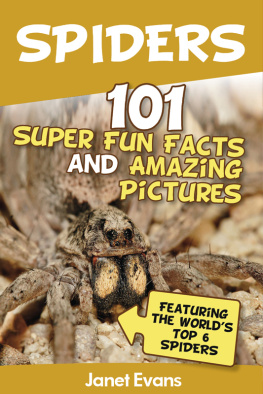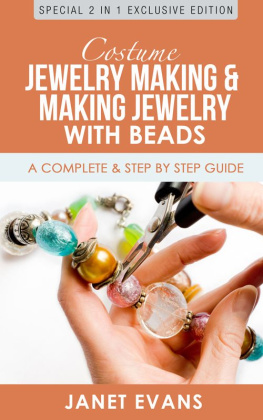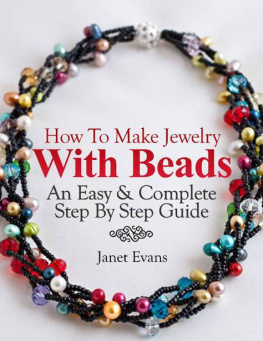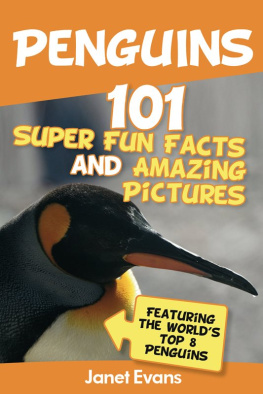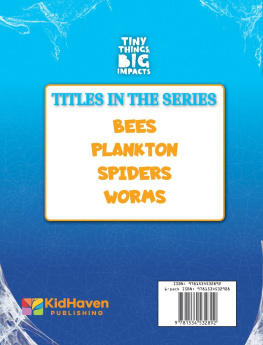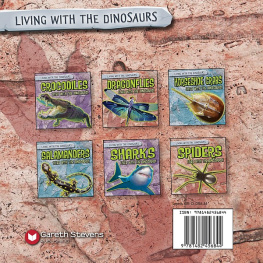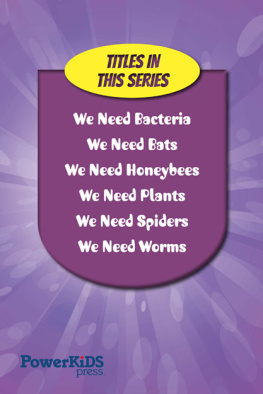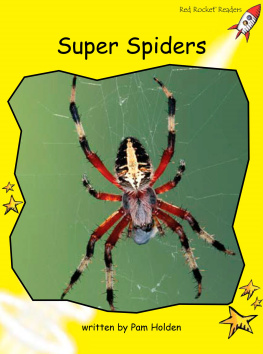Spiders
101 Fun Facts & Amazing Pictures
(Featuring The World's Top 6 Spiders)
Table of Contents
Many people seem to think that spiders are insects. But the truth is, they are not; they belong to the arachnid family. Mites, ticks and scorpions are close relatives of spiders.
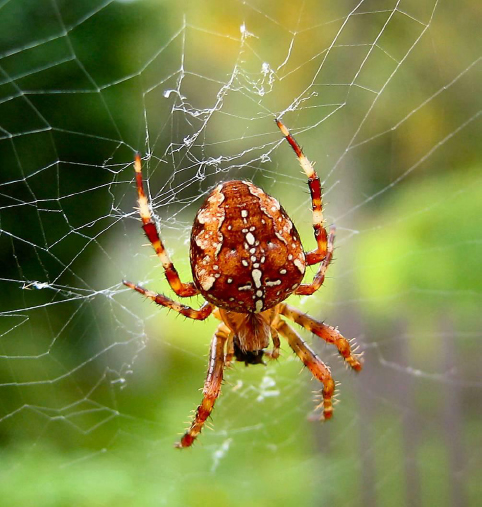
Figure 1: Just another spider hard at work, producing silk and spinning its web.
1.Insects only have 6 legs while spiders have eight.
2.Spiders neither have wings nor antennae but insects do.
3.Spiders cannot chew unlike insects.
4.Like other members of the arachnid family, a spider's body is made of only two segments while insects have three main parts.
5.The two segments of a spider's body include the Cephalothorax and the abdomen. The first segment includes the brain, the eyes, mouth fangs, glands and stomach.
6.Most spiders have eight eyes but other species have fewer eyes.
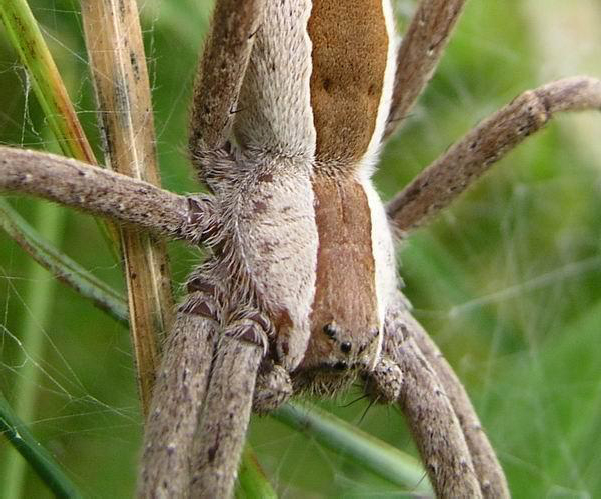
Figure 2: A closer look at a spider
7.Spiders have pedipalps which are leg-like parts located near the fangs. They use this body part to pin their prey down.
8.The second segment of the spider's body, the abdomen, is where the spinnerets are found. These are the glands responsible for producing the silk.
9.Over 30,000 species of spiders exist today.
10.Spiders are mostly predators. They will in fact, eat other spiders. But they usually feed on smaller insects that get caught up in their webs.
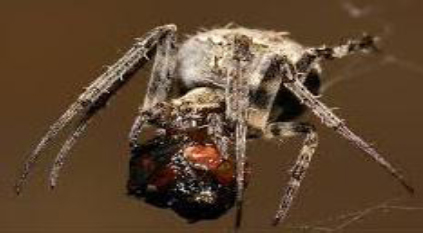
Figure 3: A spider and its meal
11.Scientists have found proof that spiders have been in existence for 2 million years.
12.The spider's skeletons are rather small and quite fragile. This makes it difficult to locate fossilized spiders that are still intact or whole.
13.Instead of a skeleton, a spider has a hard outer shell referred to as the exoskeleton.
14.The exoskeleton is made of a hard material which means the spider is likely to outgrow the exoskeleton.
15.Young spiders shed theirs. Once they have climbed out of the exoskeleton, spiders must stretch out so they have growing room before the new exoskeleton completely hardens.
16.Adults no longer molt because they stop growing.
17.How come the spider does not get stuck on its own web? That's because the spider has some form of oil which prevents it from getting stuck in its own web.
18.Spiders have hairy legs. These small hairs help them out in detecting smells and vibrations from the air.
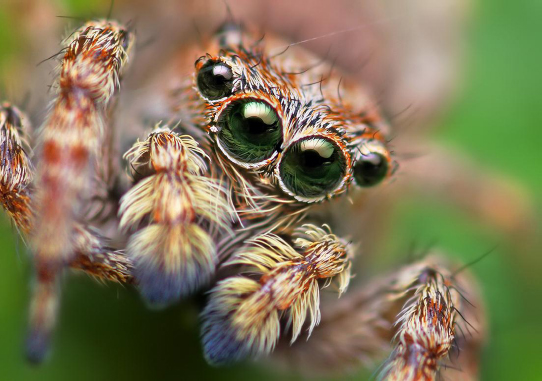
Figure 4: A spider's leg is covered with lots of hair which makes it ticklish to the touch.
19.Spiders have two small claws found at the end of each of its legs.
20.Spiders have a total of 48 knees. They have eight legs with six joints on each.
21.All spiders can produce silk but not all of them can spin webs. Those that don't spin webs are hunters that have their own way of catching food.
22.All spiders have fangs and almost all produce venom. However, there are only a few with venom strong enough to harm humans. Most are adequate in paralyzing their prey but are too mild to affect humans.
23.The smallest spider is the Patu Marplesi. They are so small you can fit 10 on a pencil's end.
24.The biggest spider is the Giant Bird-eating spider whose legs are 11 inches long.
25.Spider silk is considered the strongest material. According to scientists, if spider web is gathered with the same amount and weight as that of a piece of steel, it can turn out to be much stronger.
26.So far, scientists have been unsuccessful in copying spider silk.
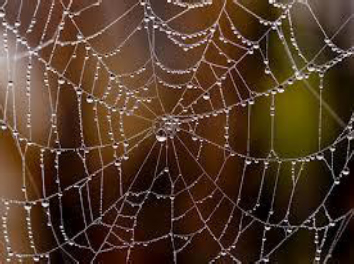
Figure 5: Spider webs are made of fine spider silk.
Found in North America, the Black Widow consists of five species. They are probably the most poisonous spiders found in this region.
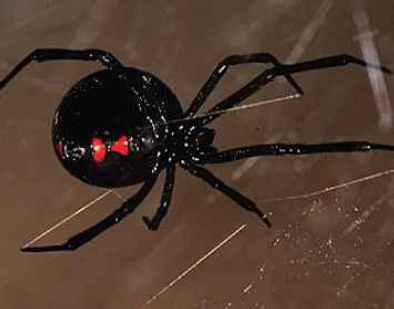
Figure 6: The hourglass red marking on this spider's abdomen spells out poison.
27.Not all Black Widow spiders are venomous. The adult female is what you should avoid.
28.An adult female black widow spider is recognizable with the red hourglass shape found under its abdomen.
29.This poisonous spider is also identifiable because of its shiny black body.
30.The Black Widow spider's body is also made of red markings usually found on its top.
31.This spider can grow to between 8 and 10 millimeters.
32.The Black Widow can lay as many as 400 eggs at a time.
33.The problem is this spider is also a cannibal. That means Black Widow spiders are more likely to kill and eat each other.
34.Female Black Widow spiders have earned a bad reputation as they are thought to always eat their mate. The truth is they do not usually eat their mates. They do so only when they mistake their partners for food.
35.The Black Widow spider is known to produce the strongest silk.
36.These spiders do not bother spinning beautiful webs. Instead, they tend to spin thick jumbles resembling cobwebs.
37.The thick jumble of web is where they catch food including moths, grasshoppers, flies, beetles and other spiders.
38.Among the greatest enemies of the Black widow spider as with other spider species are wasps and the Praying Mantis.
39.Birds eat black widows too but the spider gives them an upset stomach due to the poison.
40.The red markings on this spider's body serve as warning to predators although some will still dare to eat the Black Widow.
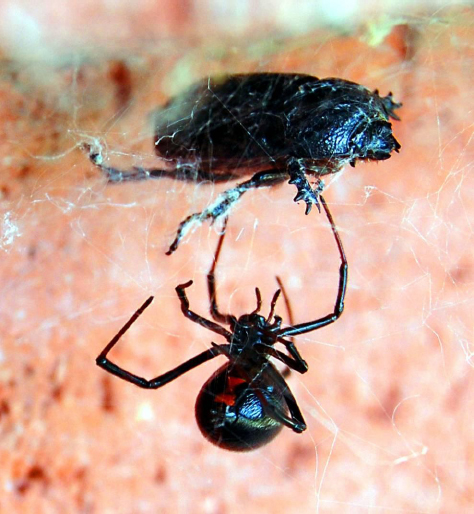
Figure 7: This spider makes a successful catch which means it is meal time!
This is one of the spiders you should watch out for. The Brazilian Wandering Spider is known as the most dangerous spiders in the world because of its deadly venom.
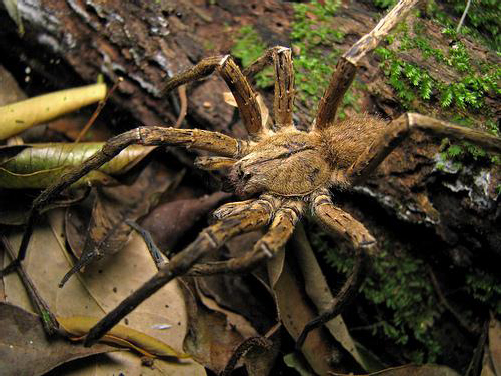
Figure 8: This dangerous spider is quite enormous with long legs that measure up to 6 inches.
41.This spider's legs can grow to as long as 6 inches.
42.Its abdomen has a diameter of around 2 inches.
43.This spider needs to lift two of its front legs up, and would then sway from side to side.
44.The Brazilian Wandering Spider can be found in jungle floors. During daytime, they use crevices and rocks as hiding places.
45.They especially like to hide in dark and moist areas.
46.The Brazilian Wandering Spiders live in the forests of Brazil, Paraguay, Costa Rica, Columbia and Peru.
47.People who live in these regions have to be very careful because these dangerous spiders like to stay in undisturbed items such as piles of wood, garages and closets.

